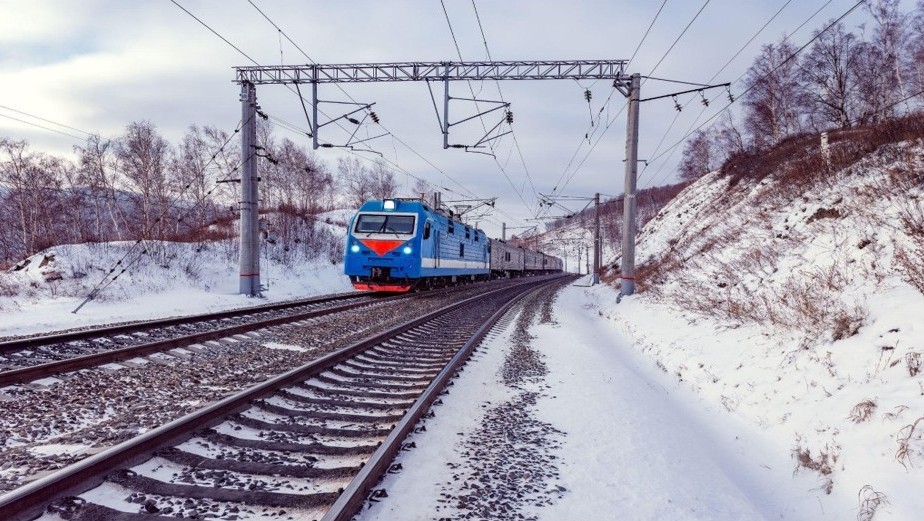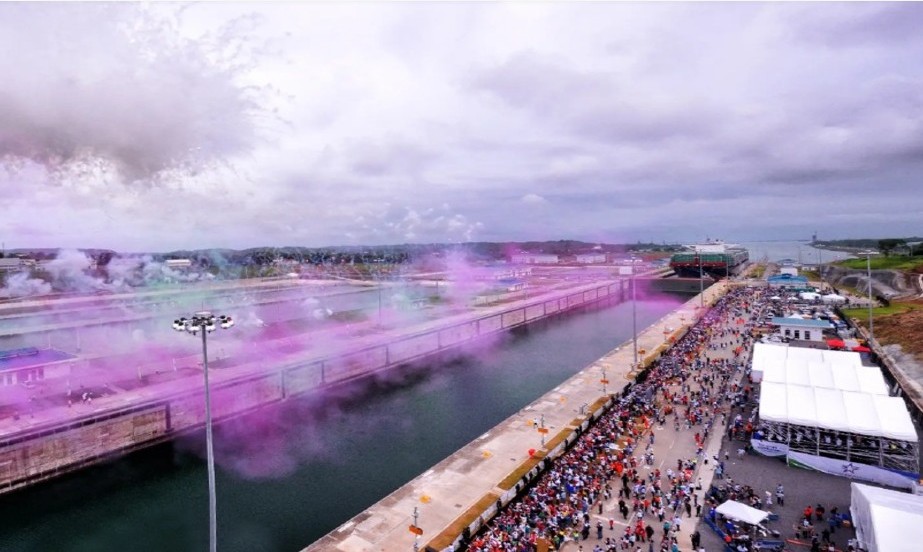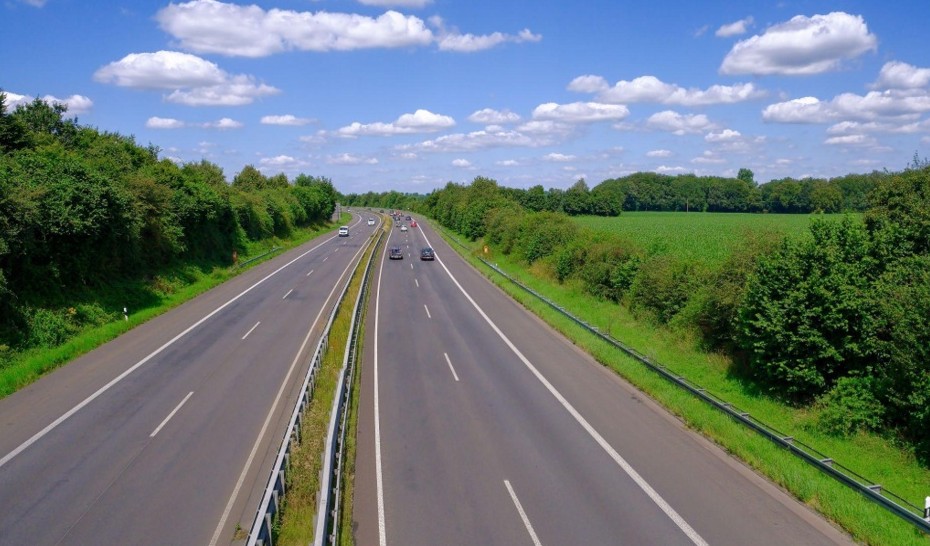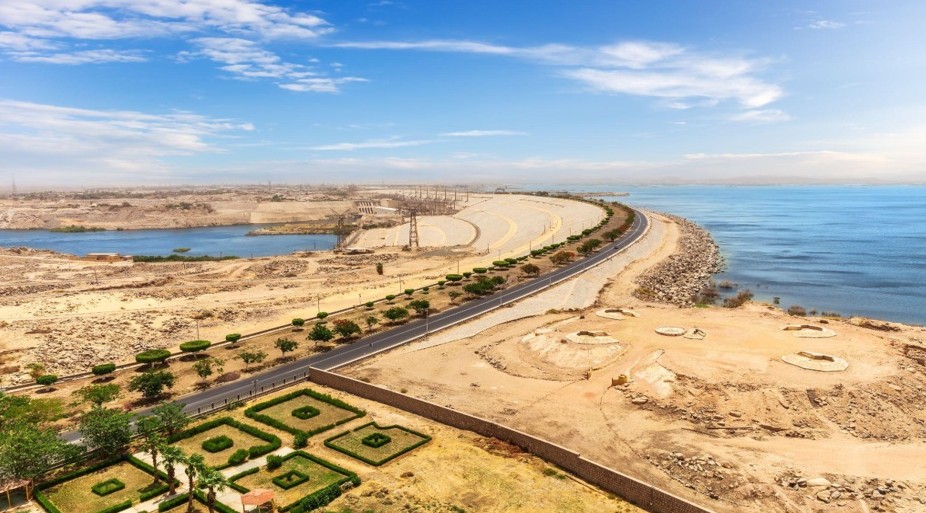Infrastructure has always played a key role in improving people’s lives, and some projects have truly transformed entire nations, speeding up progress in a big way.
Here are a few landmark infrastructure achievements that have made history.
1. Panama Canal (Panama, 1914)
The Panama Canal, about 82 km long, connects the Atlantic and Pacific Oceans by cutting across the Isthmus of Panama, drastically cutting global shipping times.
An expansion project, led by a consortium including Webuild, added a third set of locks that has tripled the canal’s capacity, allowing much larger Post-Panamax ships up to 366 metres long to pass through.
These new Panama Canal locks use sliding gates and water-saving basins to lift vessels around 27 metres, while reducing water use per transit by 60%.
2. Autobahn (Germany, 1930s)
The Autobahn is the German famous highway network, known for its impressive engineering. It was started in the 1930s as a symbol of progress and economic growth, playing a vital role in improving mobility and industrial development across the country.
Built with advanced features like wide lanes, gentle curves, and multi-layered foundations, the german Autobahn is still one of the most efficient road networks in Europe.
3. Trans-Siberian Railway (Russia, Completed 1916)
Built between 1891 and 1916, the Trans-Siberian Railway is the longest continuous train journey in the world, stretching about 9,289 km from Moscow to Vladivostok.
This Russian railway was designed to connect and develop the vast Siberian regions and played a crucial role in the economic and population growth of Imperial Russia. Since being electrified and having a second track added, the world’s longest railway route now carries freight trains weighing up to 6,000 tonnes.

4. Aswan High Dam (Egypt, 1970)
Completed in 1970, the Aswan High Dam is an earth-and-rock structure about 3,830 metres long, 111 metres high, and 980 metres wide at its base, which created the artificial Lake Nasser reservoir.
This Egyptian High Dam controls annual flooding, supplies irrigation for more than 33,600 square kilometres, and improves navigation along the Nile. The Aswan Dam also produces around 2,100 MW of hydroelectric power through 12 Francis water turbines.




